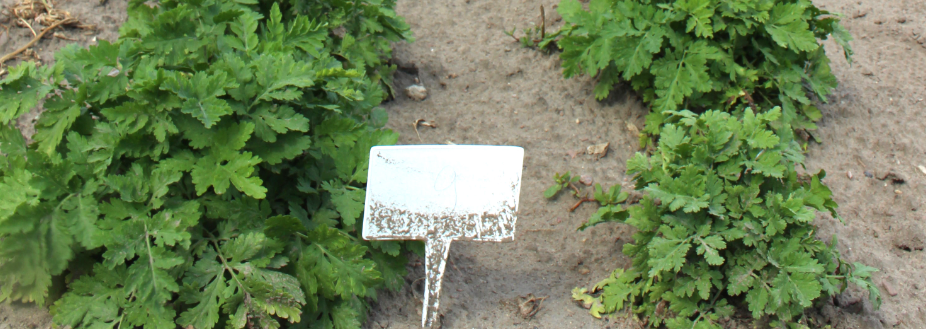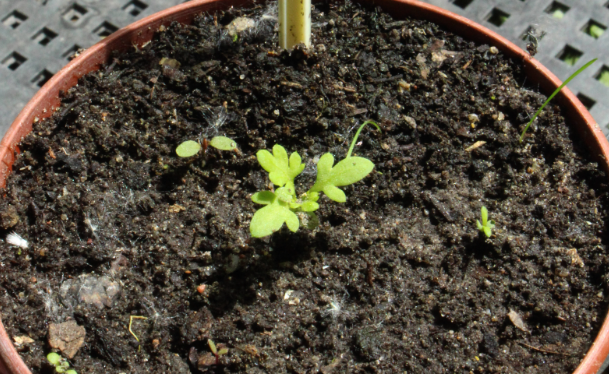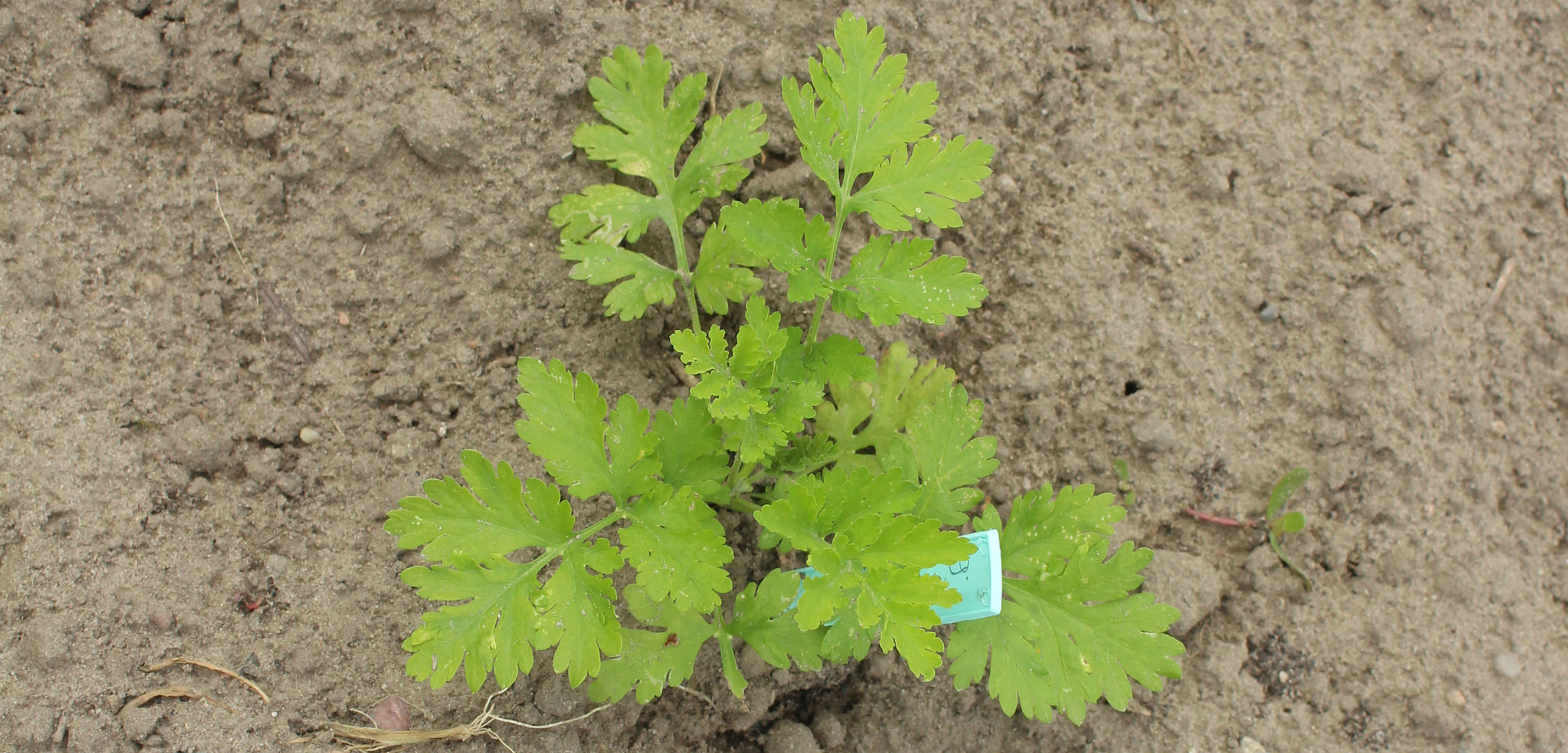
Tanacetum parthenium (feverfew)
Feverfew is a perennial growing into small bushes up to a height of 70 cm. The plant is native to Eurasia, in particular the Caucasus and the Balkan Peninsula, but has spread to many parts of the world. It can potentially become invasive outside its native areas. Feverfew is a self- fertile hermaphrodite flowering from July to August. The plant has been used in flavoring pastries and as bitters in food, essential oils from the plants is used in perfumery. Feverfew is also a common medicinal herb, for example to treat migraine headaches and rheumatism. Tea from the dried plant has been used as a cure for colds and, as the common name suggests, for fevers.
Use with caution; the fresh leaves can cause inflammation of the skin and mouth ulcers. Medicinal use should be avoided during pregnancy or by persons with coagulation problems.
Cultivation
Sow the seeds in early April in a broadcast tray. Use tray substrate and put in light conditions, approximately 20-23 °C. Cover seeds to a depth of 0.5 cm. When large enough to handle transplant the plants into small individual pots in pot substrate. The pots can be placed in an unheated greenhouse, or outside when the risk of frost is over. When fully rooted in the pots, plant outside in field.
Family: Asteraceae
Swedish: mattram
Finnish: reunuspäivänkakkara
Norwegian: matrem
Danish: matrem
Icelandic: glitbrá

Feverfew is easy to grow, thrives in semi-shade to full sun and is suitable for most kinds of well-drained soils.
Feverfew is easy to grow, thrives in semi-shade to full sun and is suitable for most kinds of well-drained soils. The plant can even succeed climbing on walls. It is a short-lived perennial but it usually self-sows freely. Some mature seeds may be harvested the first year, otherwise wait for the following year. This will vary with geographical position and weather. The seeds ripe from August to September. Harvest when both inflorescence and stems are brownish and dry. Use a pair of scissors and cut just below the inflorescence.
